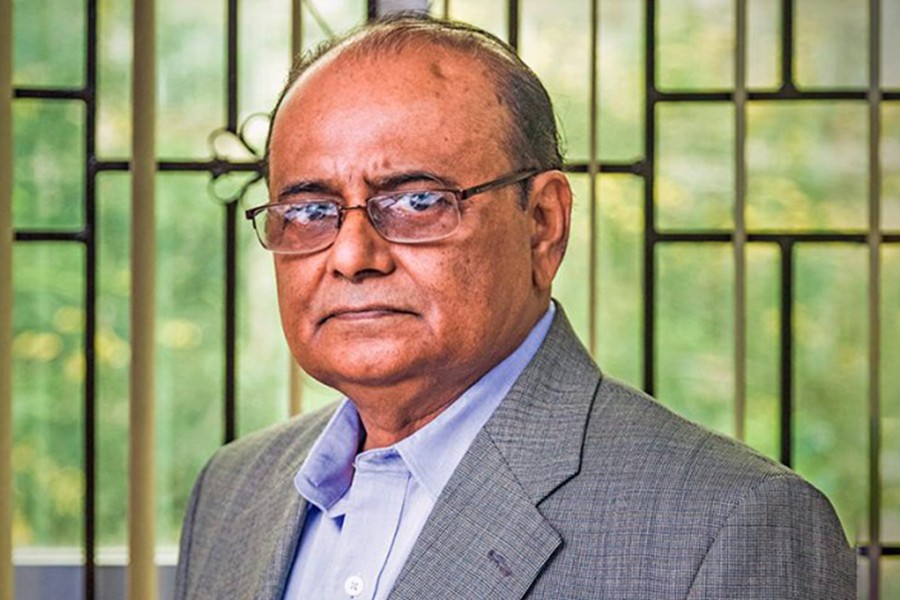Over the past 50 years, Bangladesh has proved to the world that it can be a highly competitive trading nation. Trade, not aid, is now our motto.
Bangladesh’s progress in the trade sphere confirms the triumph of comparative advantage in apparel production, a relatively labour-intensive activity, best suited for our cheap low-skilled labour. Can this comparative advantage be taken for granted for the next decade, when a lot of changes are going to take place? What other factors can strengthen our competitive advantage?
It is undeniable the World Bank has been a strong partner in Bangladesh’s development, particularly in its switch from an inward-looking, import-substituting, low growth economy, to an outward-looking, export-oriented, high growth economy.
Greater trade openness and embracing policy of export-led growth has yielded large dividends for the Bangladesh economy in terms of rapid growth, job creation, and poverty reduction.
The first phase of trade policy reforms is now over. Export success has been achieved but concentration in RMG adds vulnerability for the whole economy from future shocks. There is strong justification for replication of policies adopted for RMG exports to be applied to non-RMG exports.
Diversifying our export basket is the immediate challenge and it is a national imperative to launch the second phase of trade policy reforms not least because Least Developed Country (LDC) graduation will take place in 2026.

There is strong research evidence that the country’s tariff protection structure is a significant barrier to boosting exports and its diversification. Modernisation of the tariff structure is one of several measures needed to diversify and strengthen our export competitiveness.
Maintaining a flexible exchange rate regime will be a big support to export competitiveness.
Other measures include signing Free Trade Agreements (FTAs), attracting export-seeking Foreign Direct Investment (FDI), and reducing trade costs by improving trade facilitation.
Modernisation of Bangladesh’s tariff regime could support export diversification and strengthen competitiveness pre- and post-LDC graduation.
Time is ripe for a forward-looking trade agenda that goes beyond tariffs to include factor and non-factor services exports, digital technologies, and climate-related reforms as well as flexible thinking on regional cooperation, FDI and FTAs to boost competitiveness. These are the ingredients of a 21st century trade policy reforms for Bangladesh. Doing nothing will be too costly – loss of competitiveness in the future.
With regard to trade in services, it is high time to recognize the major developmental and poverty reduction role of remittances – which, in the Bangladesh context, constitutes export of factor services.
The country’s export of goods was US $38.8 billion in FY21 when export of factor services, remittances in general term, was recorded at $24.7 billion and export of non-factor services at $6.1 billion. Thus, total export stood at $69.6 billion in the last fiscal year.
Too frequently, in talking about services exports, we refer only to non-factor services like ICT, shipping, insurance, banking, tourism, education, etc. What we have learnt is that export of factor services (remittances) is highly responsive to exchange rate adjustments (i.e. depreciation triggers higher remittance inflows). So having the proper exchange rate is a must for both goods and services exports.
Dr. Zaidi Sattar is chairman, PRI. The piece is his introductory remarks at the webinar titled “Boosting Bangladesh’s Trade Competitiveness” on Tuesday. [email protected]


